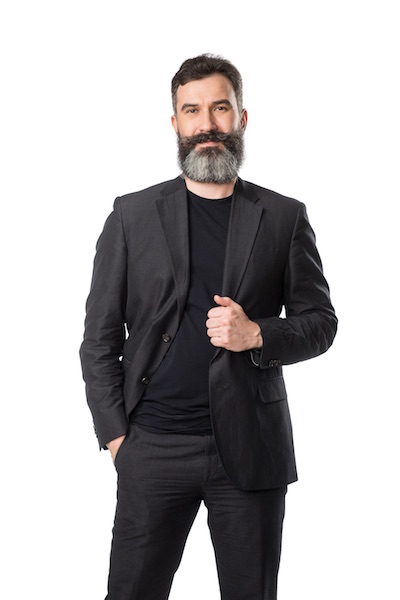Meet The Speakers – Ilmar Käär and Andri Vanem
Meet Agile Saturday Tallinn XVI speakers Ilmar Käär and Andri Vanem (Eesti Energia), with a talk “Breaking Barriers at Eesti Energia: The Power of Organizational Agility“


Topic: Breaking Barriers at Eesti Energia: The Power of Organizational Agility
About the talk:
Eesti Energia, with around 5400 employees, is one of the biggest and oldest companies in Estonia. It began an agile transformation in its IT division over three years ago. Our IT community has over 300 members.
Our aim was not just to adopt a new approach, culture, and ways of working, but also to make the organization nimbler, reduce layers of management and make it flatter.
Come find out how this change has impacted our company, our aspirations, and where we stand on this ongoing journey.
About Ilmar:
- Over the past 25 years, I’ve had the opportunity to work in various organizations across the Baltic and Nordic regions, including Eesti Energia where I’ve been employed for just over 5 years, currently as a Head of Business Technology and IT.
- I’m inspired to work with my colleagues in fostering an agile mindset. It’s all about understanding, collaborating, learning, and being flexible to achieve results and provide value.
- I like simple things, but achieving simplicity in concepts, ways of working and organizations is challenging, as it requires navigating underlying complexities and prioritizing what is truly essential.
About Andri:
- Software products development has been my passion for quite a long time. Doing it with agile mindset is just a cherry on top of the cake.
- Passion to do things differently to show there is a different way to do things and hate the sentence “we have always done it this way.”
- I do not believe in hierarchy – we are all humans and best processes are always made by the experts in the field.
Meet The Speakers – Ilmar Käär and Andri Vanem Read More »


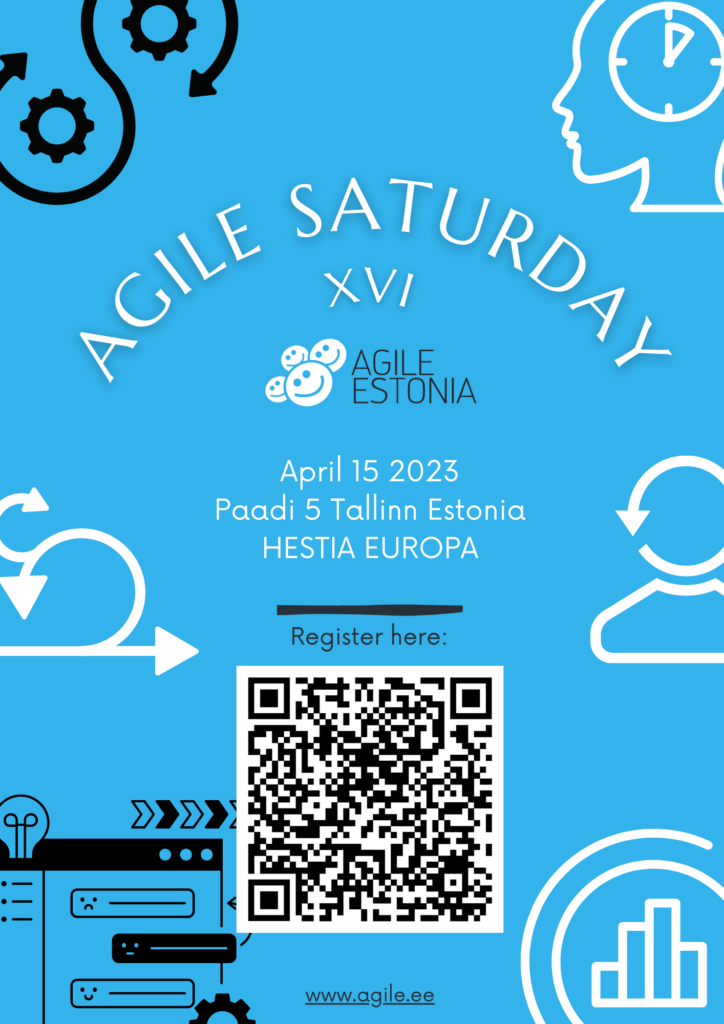

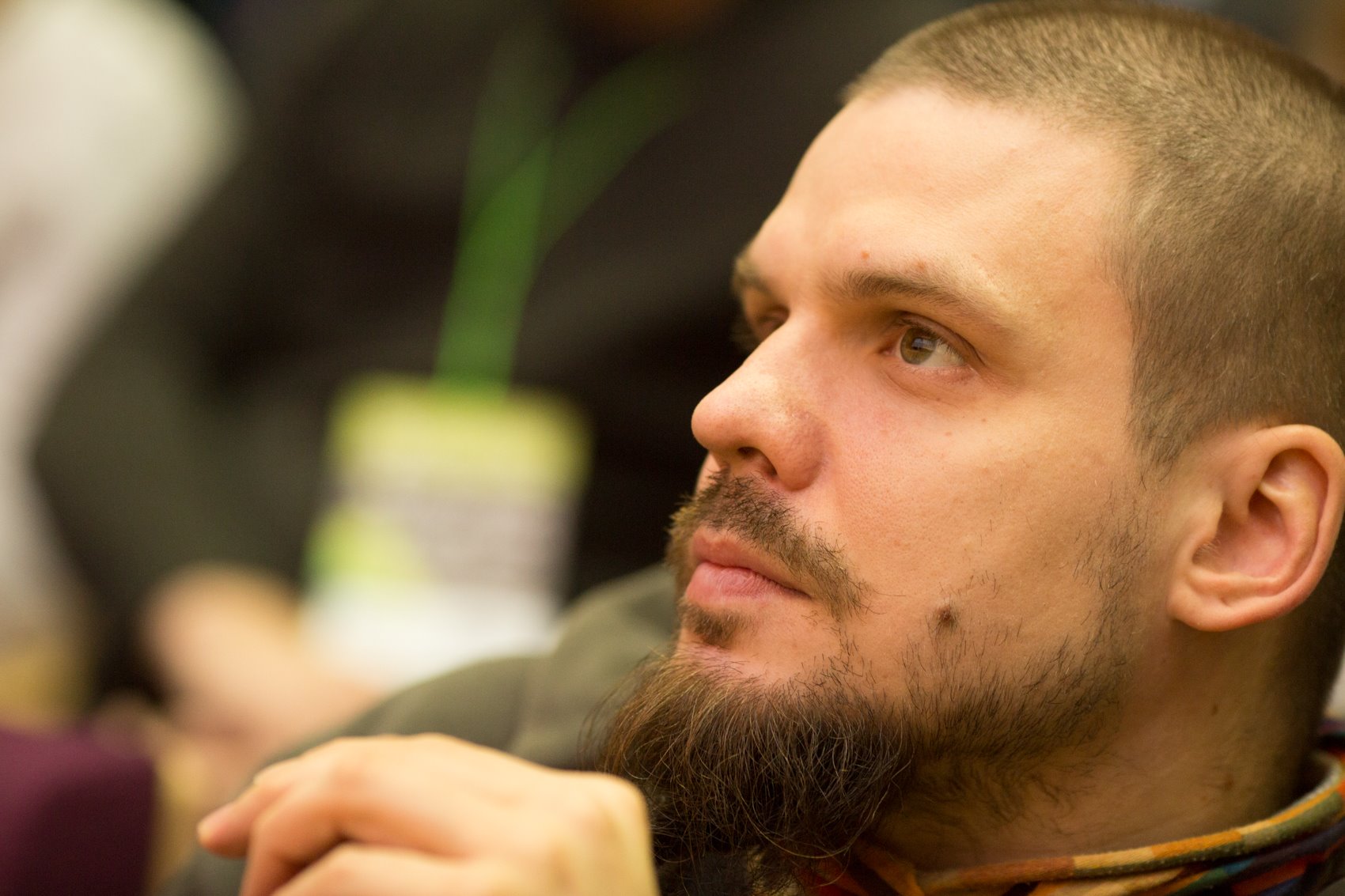
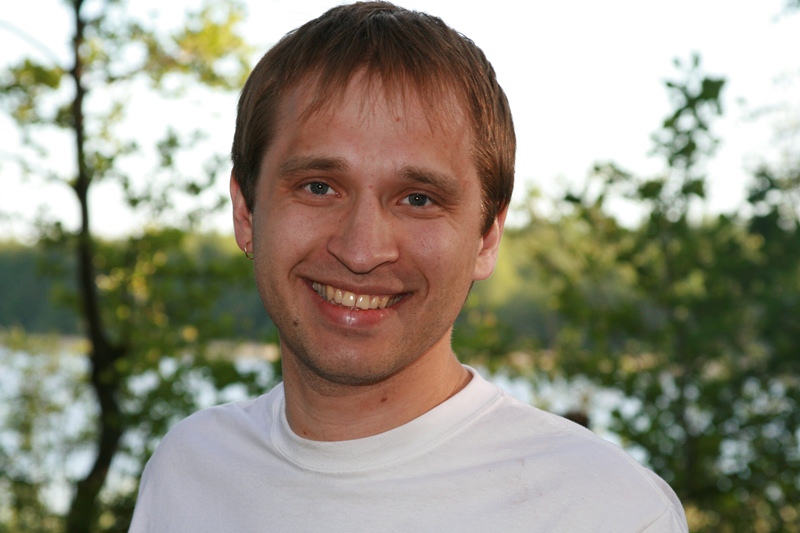

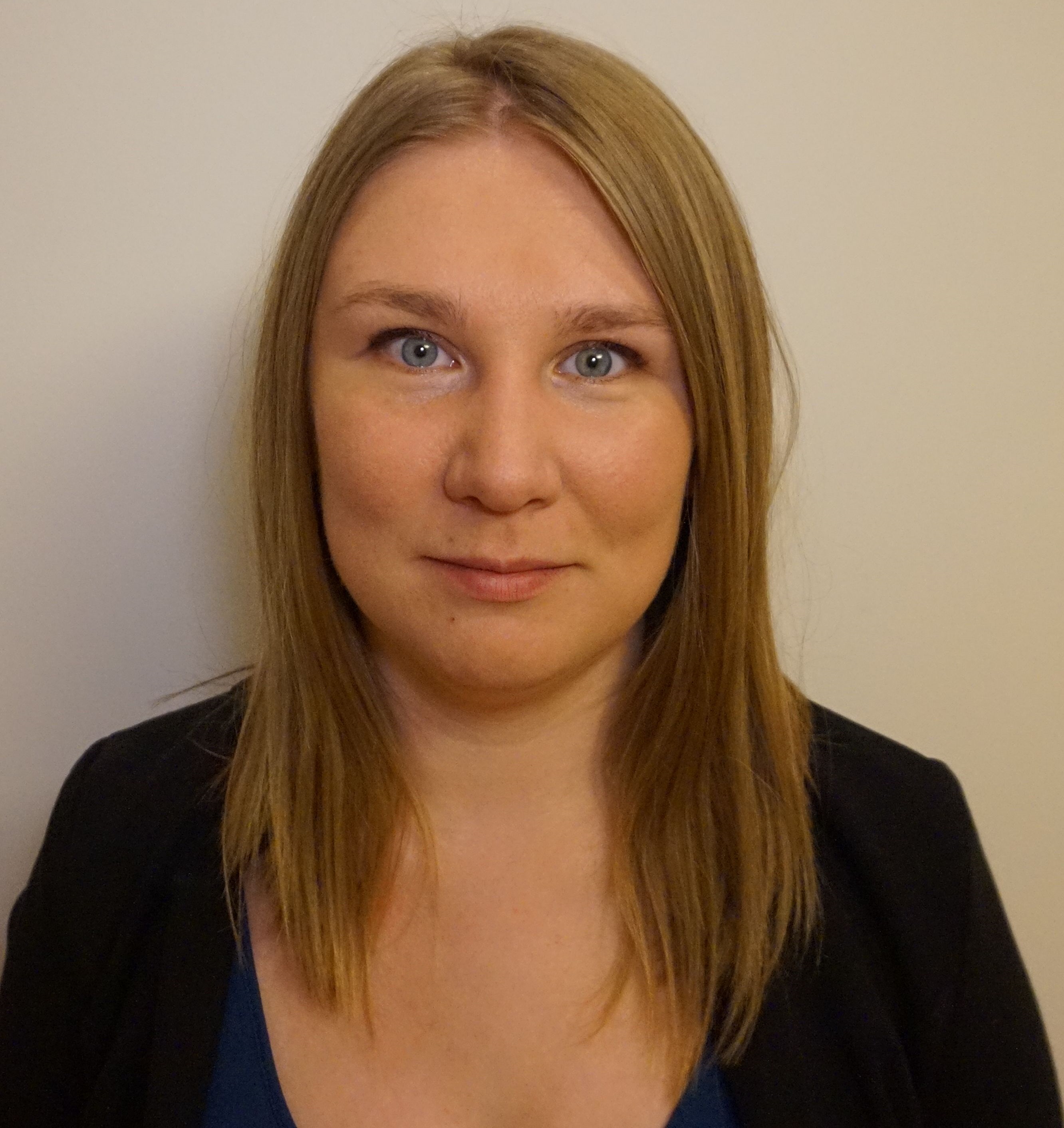


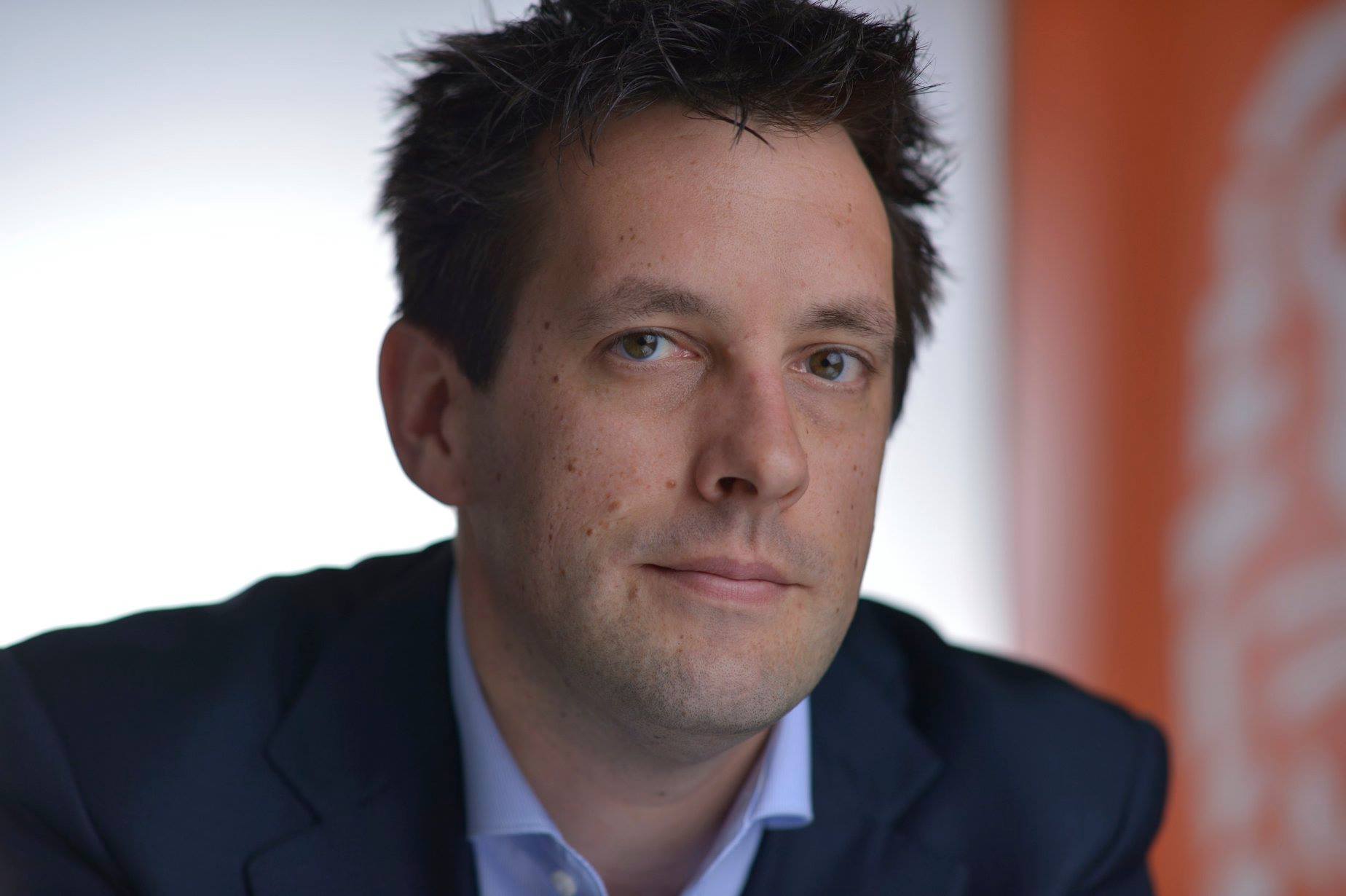 ING Netherlands was one of the first corporates in The Netherlands, and one of the first banks in the world, to adopt agile ways of working throughout the entire organisation. The transformation took place 9 months after it was thought of, in big bang style for 2,500 employees at the head office of the bank.
ING Netherlands was one of the first corporates in The Netherlands, and one of the first banks in the world, to adopt agile ways of working throughout the entire organisation. The transformation took place 9 months after it was thought of, in big bang style for 2,500 employees at the head office of the bank.

 Building microservices with Esticade framework
Building microservices with Esticade framework

